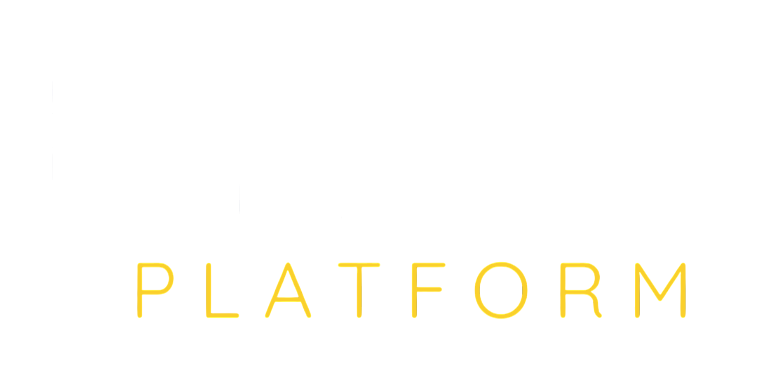
What Is Data Analytics? A Simple Guide for Business Leaders
8/8/2025
Introduction
In today’s digital economy, businesses are generating more data than ever before. Every click, transaction, and customer interaction holds valuable insight. But without the right approach, all that data remains unused potential.
That is where data analytics comes in. Businesses that know how to use their data can improve decision-making, streamline operations, personalize marketing, and uncover new growth opportunities.
In this article, we break down what data analytics means, how it works, and how your business can start using it to make smarter, more profitable decisions.
What Is Data Analytics?
Data analytics is the process of collecting, organizing, and analyzing data to discover useful patterns, trends, and insights. These insights help businesses answer key questions, solve problems, and plan for the future.
Think of it as turning raw numbers into knowledge. For example, tracking customer behavior on your website can reveal which products are most popular, where users drop off, or which marketing campaign brings the highest return.
Data analytics takes the guesswork out of decision-making. It allows business leaders to move from intuition to evidence.
Read more: How to Measure the ROI of Your Digital Marketing Efforts in the US
The Four Types of Data Analytics
To better understand what data analytics can do for your business, it helps to break it down into four main categories. Each one answers a different type of question.
1. Descriptive Analytics
This tells you what happened.
For example, how many users visited your site last month, or what was your top-selling product last quarter?
2. Diagnostic Analytics
This explains why something happened.
If sales dropped, diagnostic analytics can reveal if it was due to reduced traffic, lower conversion rates, or an external factor like seasonality.
3. Predictive Analytics
This forecasts what might happen next.
By analyzing historical trends, businesses can predict future outcomes such as customer churn or sales growth.
4. Prescriptive Analytics
This suggests what action to take.
Based on current and projected data, prescriptive tools recommend the best course of action, such as adjusting inventory levels or changing ad spend.
Read more: How to Improve Marketing Campaign Efficiency Without Burning Your Budget
How Businesses Use Data Analytics
Across industries, companies are using data analytics to become more agile, responsive, and efficient. Here are a few common business use cases.
Customer Insights
Analytics helps companies understand customer behavior, preferences, and buying patterns. This enables personalized marketing and improved user experiences.
Marketing Performance
Businesses can track the performance of every campaign, channel, or ad in real time. This ensures that marketing budgets are spent where they matter most.
Sales Forecasting
Using historical data, businesses can project future sales and prepare for seasonal trends or shifts in demand.
Operational Efficiency
Data can reveal bottlenecks, delays, or inefficiencies in supply chains, production, or staffing. This leads to better resource allocation and cost control.
Read more: White Hat SEO vs Black Hat SEO: What's the Real Difference?
Benefits of Using Data Analytics
The value of data analytics goes far beyond reports and dashboards. It can fundamentally improve how your business operates and competes.
Informed Decision Making
Data-driven businesses make smarter choices based on facts, not assumptions.
Competitive Advantage
Companies that act on data insights can innovate faster and stay ahead of market trends.
Cost Savings
By spotting waste, inefficiencies, or underperforming assets, data analytics helps reduce costs.
Personalized Experiences
From tailored product recommendations to targeted email campaigns, analytics powers the personalization customers now expect.
Getting Started With Data Analytics
Starting with data analytics doesn’t mean building a full in-house team right away. Here are a few steps to consider.
- Identify your goals. What business questions are you trying to answer?
- Start with existing tools. Platforms like Google Analytics, HubSpot, and Shopify often have built-in analytics features.
- Leverage dashboards. Tools like Power BI, Tableau, or Looker visualize your data so it’s easier to interpret.
- Work with a partner. Bytes Platform can help you collect, clean, and analyze your data while providing strategic recommendations for action.
Whether you’re just starting or ready to scale your efforts, having the right guidance and tools makes all the difference.
Final Thoughts
Data analytics is not just for large corporations or technical teams. It is a practical tool that any business can use to work smarter, serve customers better, and grow with confidence.
At Bytes Platform, we help businesses unlock the power of their data. From setting up analytics tools to creating actionable insights, we make sure your decisions are backed by facts, not guesswork.
Let Bytes Platform help you turn analytics into a competitive advantage. Contact us now.
Related Articles

6 Predictions for the Future of AI Search in 2026
6 Predictions for the Future of AI Search in 2026

Cloud Storage vs Local Storage Security: Which Is Safer for Your Data
Cloud Storage vs Local Storage Security: Which Is Safer for Your Data

Building Effective Marketing Strategies
Building Effective Marketing Strategies

